Bass Fishing in the Fall: All You Need to Know
If you take a look around, you’ll find that a lot of bass anglers only fish for a few months out of the year. They’ll typically wait until the spring spawn, fish through July or August, and just put up their gear for the year the second the fall transition hits.
They say it’s too cold. They get skunked a few times using the wrong strategies during the transition, and they decide that all the fish just disappear.
That’s barely a third of the experience available to you as an angler, and while fishing in the winter tends to be a bit more demanding, fall fishing can be an amazing experience.
Instead of storing your gear away, here are some tips for successful bass fishing in the fall.
Let’s get started!
Newsletter Signup
Why Does Fall Fishing Seem So Difficult?
First, we need to talk about what makes bass fishing in the fall seem so difficult for most. It’s not the season. They just get turned off at the beginning of it FOR A SHORT PERIOD OF TIME because of an odd phenomenon.
The fall transition hits at different times depending on where you are and your climate, but this is when the lake turns over. As the upper “oxygenated” layer of lake water above the thermocline cools in the fall, when it becomes cooler than the water below the thermocline, the top layer of water will sink and the lower layer of water, which contains low levels of oxygen, will rise to the surface layer. When this happens, the fish are stressed and disoriented until the upper layer of water is regulated by absorbing oxygen. It’s a stressful period for every fish in the lake.
This period can last from a few days to a couple of weeks. It largely depends on the size of the waterbody and where you are. However, if anglers have been getting great bites in their most comfortable seasons, and then the bite dies off for several trips in a row, they get discouraged. A key point is to remember it’s temporary.
The Fall Bite
After the lake turnover transition period, bass feeds heavily during the fall because they have to prepare themselves for the lean winter months. However, you will notice that a lot of your spring and summer tactics simply won’t work.
The bite tends to require you to mix things up a bit during the fall, and water conditions will be even more important for you to pay attention to. While shorter lived than spring and summer, the 2 to 6-week fall transition period can be the most time of the year to fish because the bass can often be found chasing bait all over the water column and the top water bite can last nearly all day long; especially in lakes containing shad.
Strategies for Targeting Bass in the Fall
As we said, the bite changes in the fall. Here are some strategies to work with it and adjust your methods.
1: Don’t Hit the Water Too Early
First, you’re told that the early bird gets the worm. That’s how most anglers were raised, and it’s typically what they continue into adulthood. They’ll hit the water as early as possible, expecting it always to be the best time.
Well, that might be useful in the summer, but during the fall, the water temps are dramatically colder throughout the night and the early morning. Instead, you can sleep in a little and hit the lake a little later than you would during the summer.
Look at the forecast for the following day and determine when the temps are going to start reaching optimal fishing temps. This should coincide with when the sun hits the water in most situations.
Now, when you get out there, target the sunny spots. The spots where the sun is hitting will warm up first, and the bass will get over there to warm up and feed. Your topwater strategies will still work great as they go to the top to soak in the warmth after a cold night.
In fact, in the fall, the topwater bite may be the best all year….and can last all day long..
2: Don’t Skip the Transition on Big Lakes
The fall transition varies depending on the size of the water you’re fishing. Small ponds tend to turn over within a couple of days or even hours, and larger bodies can take weeks to finish fully.
Whether you are fishing small bodies of water or big lakes, as long as you can wait out the lake turnover period you should fish the transition.
Not only is the fall transition a time for fish to adapt, but it’s a time for you to adapt, too. It’s great fun to change your tactics from fishing slowly in the summer to fishing much faster in the fall.
If you are getting skunked the first few times you fish the transition, closely observe the water. You can usually see bits of old algae floating on the surface and the water smells funny when the lake is turning over. When this happens, go carve a pumpkin, and knock out all of your projects you have been procrastinating on knowing that when the lake turnover period is over, the fishing will be lights out.
3: Downsize Dramatically
All spring and summer, anglers pull in tons of larger bait fish. The panfish anglers specifically target bull bluegill throughout those periods. The bass also snack on them the whole time. Pair that with the massive spawn a few months beforehand, and you get a lake full of smaller bait fish.
You need to mimic those smaller bait fish with your lures.
We’ll get into specific lures that will help later, but choosing smaller options is generally a great idea.
3 or 4-inch plastics instead of your larger options are a good way to downsize without going too small, but don’t be afraid to go micro.
Sure, you might catch some bait fish on accident, and you’ll get more drinks, but there’s still a chance for a big bass catch with a very small lure. It’s better to have an action-packed day than to take the walk of shame back to the truck.
That doesn’t just go for soft plastics, either. There are a lot of smaller crankbaits, spinners, jigs, and pretty much every other type of lure that you can add to your arsenal for a smaller presentation that matches those young bait fish the bass are snatching up.
Of course, you’ll probably need to switch up your rod and reel combo if you downsize, too.
If you go really small, you might want to consider going with a lighter rod and either one of the new BFS reels or a spinning reel. You know what a spinning reel is, but a BFS is a Bait Finesse System”, and it’s essentially a bait caster that can handle very light lures with ease, but it’s also still useful for a lot of standard lures.
4: Fish Shallow
Bass often go shallow in the fall. Unless the lake contains shad, you’re not likely to find them way out in the middle of a lake in 20 feet of water. Even then, the shad will begin moving up the creeks and or closer to the bank. The bait fish are small and are sticking to the rocky and weed-filled banks. The bigger bait fish find small crustaceans and bugs along the banks, and the bass follow them to bulk up for the winter.
If you’re a bank fisherman, you’re in luck. You can just walk around the pond, lake, or river’s edge, and you’ll always be in a somewhat optimal spot for shallow-water bass fishing.
If you’re a boater, you might have trouble on pressured lakes with lots of bank fishermen and other boaters competing for those shallow spots, but it usually helps to get away from those guys, anyway.
5: Go Weedless
When you have the privilege of fishing out in the deep water, you don’t have to worry too much about weeds and rocky bottoms. However, as you start fishing the shallows, there tend to be a lot more obstacles.
The bottom tends to be rockier and snag bottom lures very easily. You have bank-side reeds and weeds to contend with and more.
Use a weedless rig if you can, especially if you plan to fish lower along the bank or very close to weeds.
The Texas rig is the most popular, but there are a lot of things you can do to keep your hooks from snagging. From fishing baits that stay near the top by default to being precise with your retrieval or buying weed guards for your jigheads.
This won’t help you deal with the fall season, but it will help you avoid many of the issues that you face when you fish the shallows.
Our Favorite Fall Lures
Now that we’ve gone over some of the details you need to look at while planning your trip and your loadout, it’s time to dive into some of the lures you’ll rely on the most.
Some of these are specific lures we love in the fall, and some are general categories where you have room to experiment or search your tackle box for something that fits the bill. Tackle Warehouse has all of the specific lures, and they have the largest selection of anything we list in a category.
1: Suspending Crankbaits
Getting a few crankbaits that dive to around the depth of your favorite fishing spot and suspend on the pause is a great idea for the fall bite. This allows you to reach the right depth with ease, and if you stop your retrieval periodically, it’ll pause just a bit for the bass to catch up during a slower bite.
These are great when the weather is a bit windier, and it can be a great break from more finesse-oriented baits that are common in the fall.
We’d recommend grabbing them in colors that match your local baitfish this time of year, but also toss some red craw patterns in since they’re such a big part of the fall diet for bass.
2: Great Lakes Finesse Juicy Hellgrammite
This 2.4-inch Hellgrammite lure by Great Lakes Finesse comes in a wide variety of colors, and it’s perfect for when you need a subtle presentation on days with a lot of pressure.
You can set it up weightless and let it sink slowly, jig it around on the bottom, or set it up on a 1/32-ounce jighead and float it just above the bottom. The trick with letting it float just above the bottom on a bobber rig is often used for trout fishing, but there’s a reason for that. It’s about as subtle as you can get.
If you’d like an even smaller option, EuroTackle produces its own Hellgrammite that’s almost identical, but it’s slightly under 2 inches in length.
3: Keitech Impact Swing
Keitech Impact Swing is a small soft-plastic swimbait that features a worm-like body design with ridges and an extra-soft kicktail that produces tons of action with very little movement on your end. It’s also available in a wide variety of sizes.
So, you can downsize to get the bite on pressured lakes, or you can go all the way up to the 6-inch version if the bass are looking for bigger meals.
These are infused with a squid-based scent, and you can fish them any way you would a normal paddle tail swimbait.
4: Lipless Crank
The lipless crank is perfect for the same occasions as the cranks we mentioned earlier. The difference is that lipped cranks are designed to dive to a specific depth and then behave in a specific manner.
The lipless crank gives you more control. It’ll sink as far as you want it to, you can buzz it on the top if you’re fast enough, or you can bounce it around in the middle of the column.
This can be advantageous when you’re fishing the shallows for fall because you can easily adjust the depth and still get tons of action. These also tend to be great on those rocky banks and boat docks where you can smack it on the structure while you retrieve it.
You can find these made by a ton of brands, but a good place to start looking is the good old Rattlin’ Rap from Rapala.
Fish the Fall with Bass Forecast
Bass fishing in the fall is a great time to get out on the water and target your next personal record. It just requires you to switch up your strategy a little bit.
If you want to boost your chances of success further, consider downloading the BassForecast fishing app.
The app provides expert advice and optimal fishing times to make your outing even more rewarding.

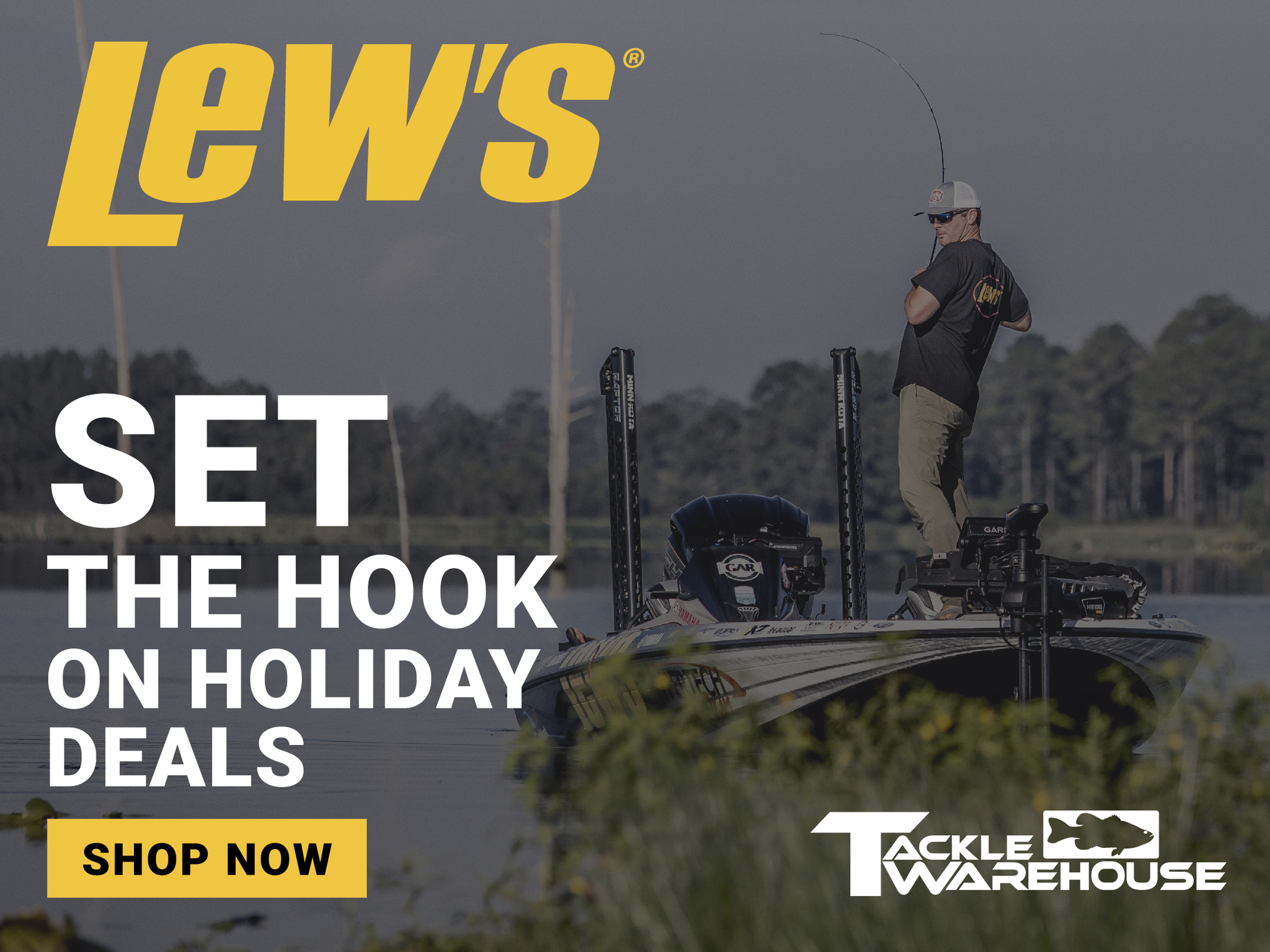
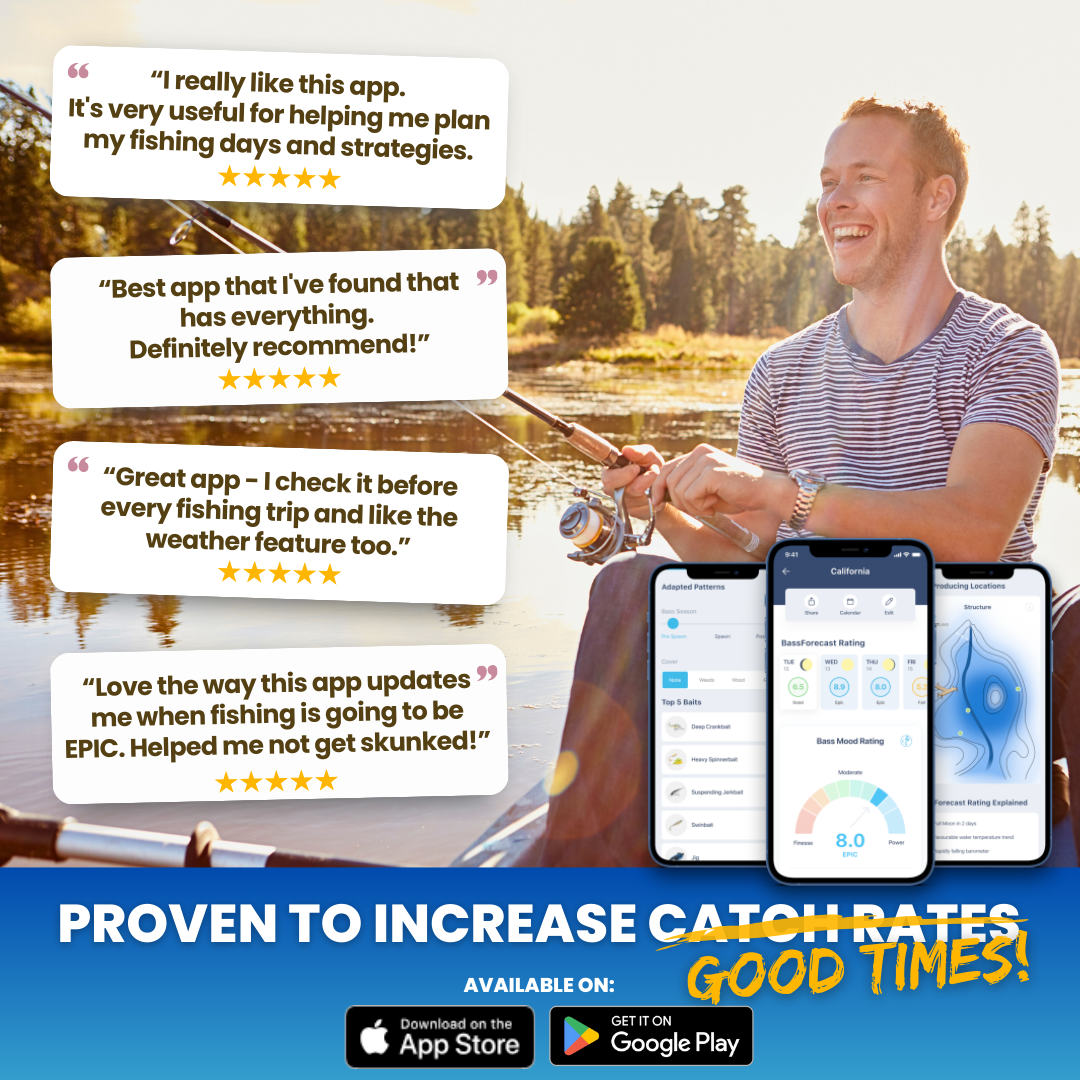
-1730906327.jpg)

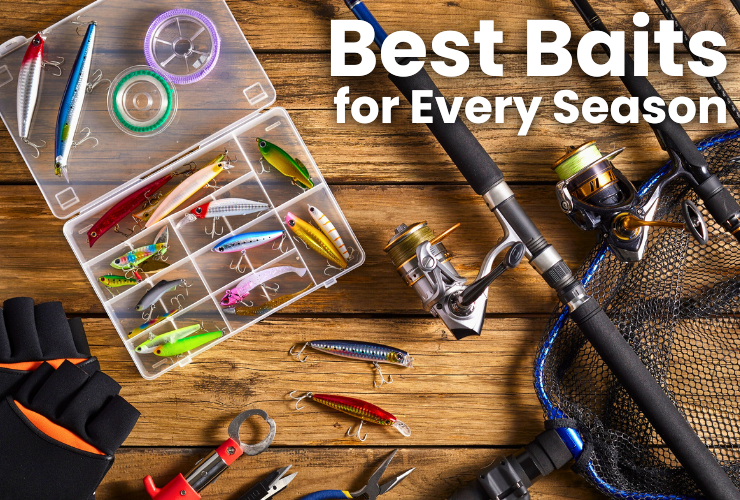
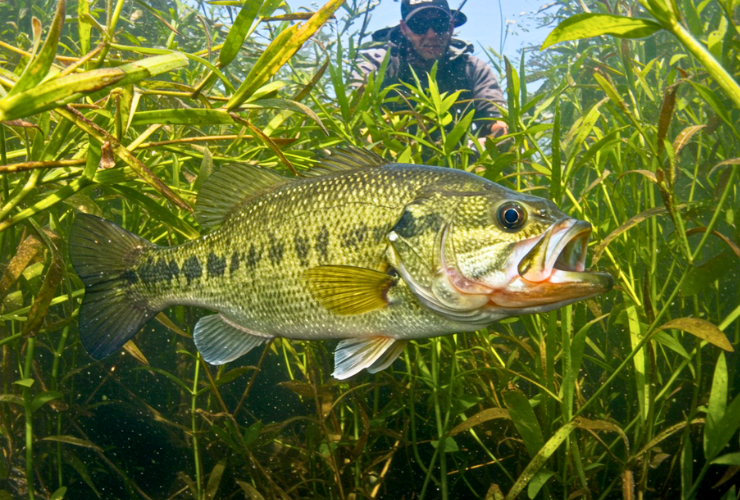
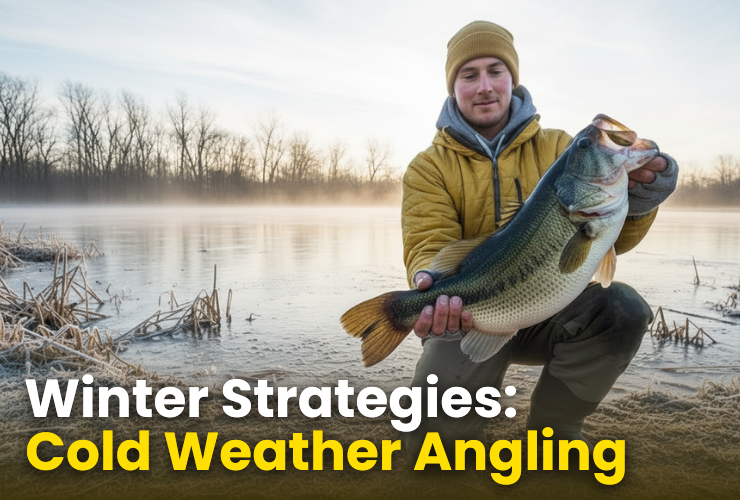
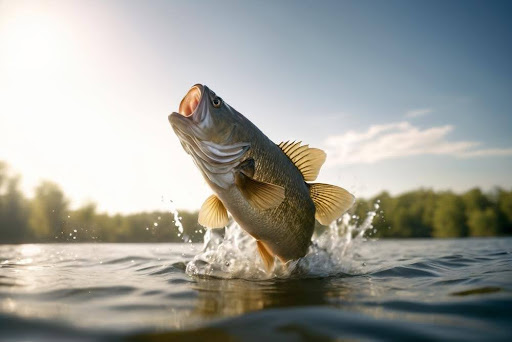
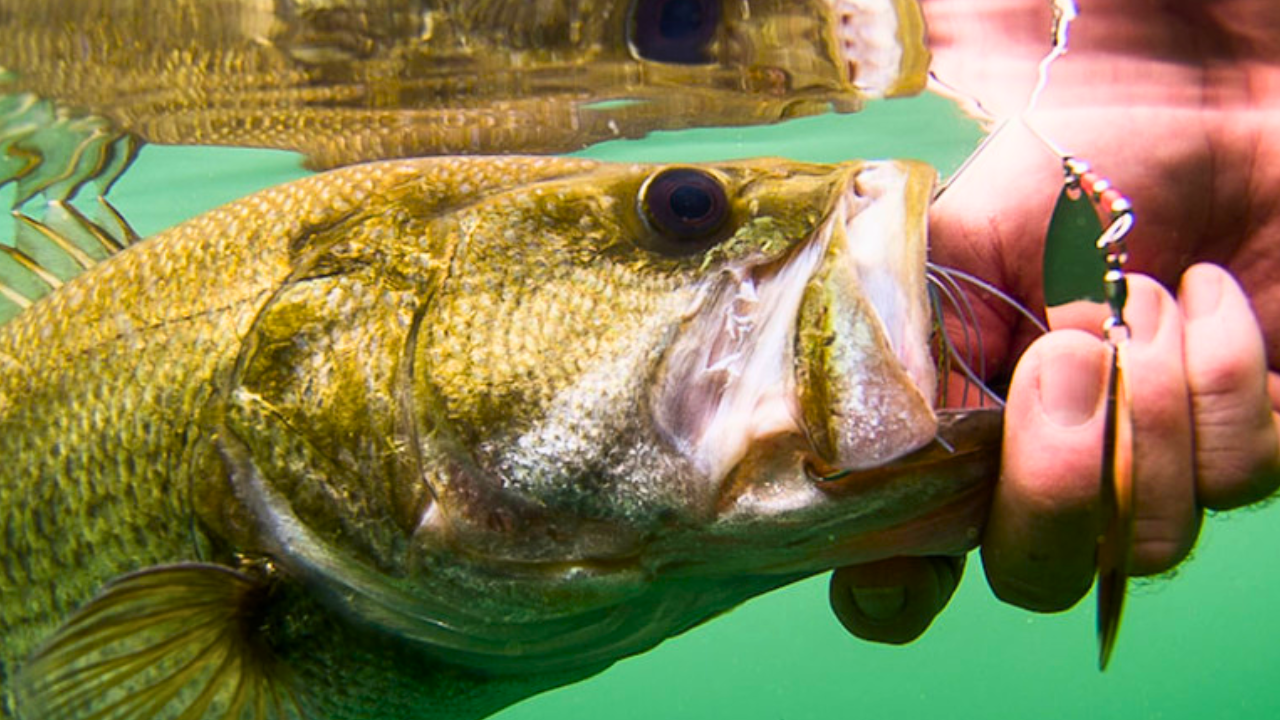
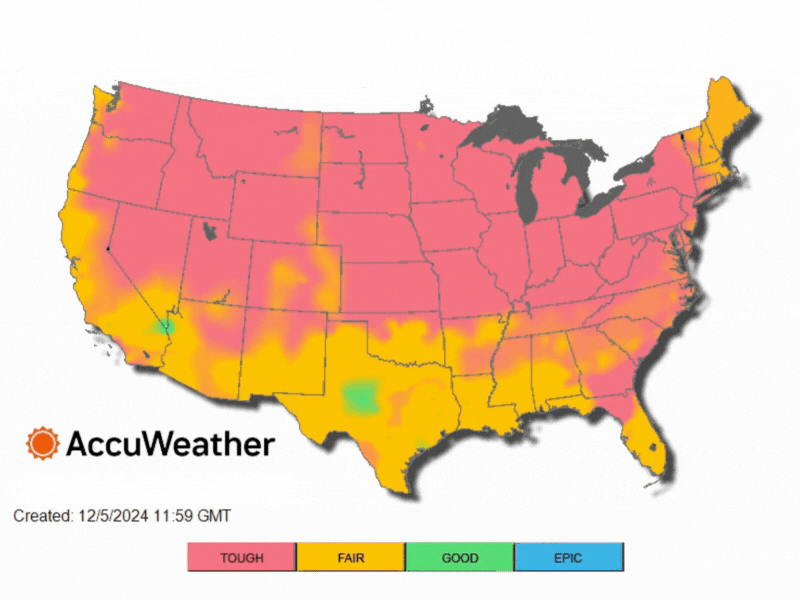
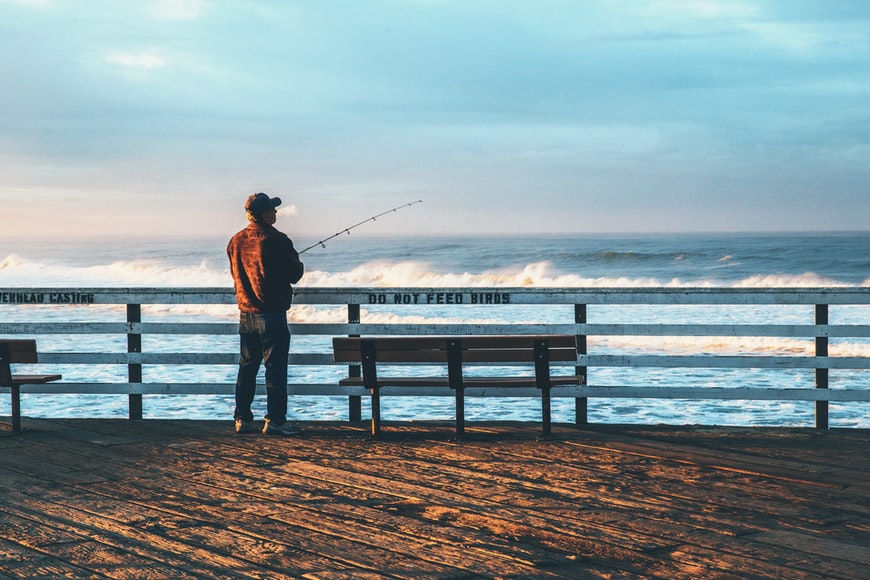
.png)
.png)